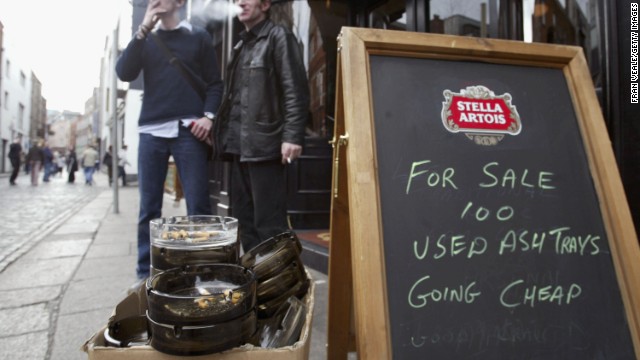1845 Meudon, Science: French physicists Armand Fizeau and Léon Foucault took the first photograph of the Sun. They had made numerous attempts and failed but one did succeed in making a five inch Daguerreotype as below. These two collaborated on many projects. Oh, and yes, this latter is the man with the pendulum. (Either one gets it or one doesn’t not.)
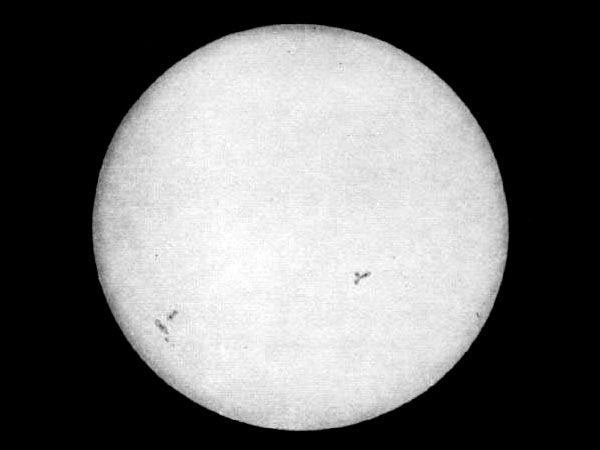
1905 Victoria Falls (Zambia), History: The ambitious Cairo – Cape Town railway opened between Cape Town in South Africa and Dar es Salaam in Tanzania. The brainchild of Cecil Rhodes, it was never completed.

1912 Nanjing (China), Politics: Sun Yat-sen called a National Assembly of the Republic of China to supplant the Emperor Puyi. He created the Guomindang Party, a fossil of which remains important in Taiwan, and led it until his death in 1925. He had gone to elementary school in Honolulu. Below is his signature and personal stamp.
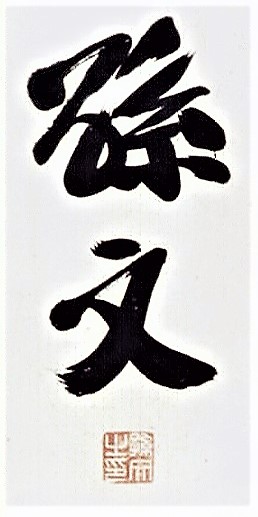
1930 Addis Ababa (Ethiopia), History: Ras Tafari Makonnen was invested as Emperor Haile Selassie, and remained that until deposed in 1974. Ryszard Kapuściński’s ‘Emperor’ (1989) gives a remarkable account of the last days of the regime. It inspired to me read three or four of his other titles.

1978 Lausanne (CH), Commerce: Velcro hit the market for first time. Its name is a portmanteau word from the French words ‘velour’ (velvet) and ‘crochet’ (hook). Electrical engineer George de Mestral conceived it while picking burs seeds (illustrated below) from his dog’s fur. It took years for him to develop the idea, conceive of a use for it, and find backers. The alternative explanation is that the Vulcans of First Contact left it behind.

Month: March 2019
1 April
1392 Canterbury (England), Literature: In Geoffrey Chaucer’s ‘The Nun’s Priest’s Tale’ there is an association between foolishness and April first. This seems to the earliest connection in English, and even this is much disputed as a copying error of some sort. There are later French references in the 1500s.
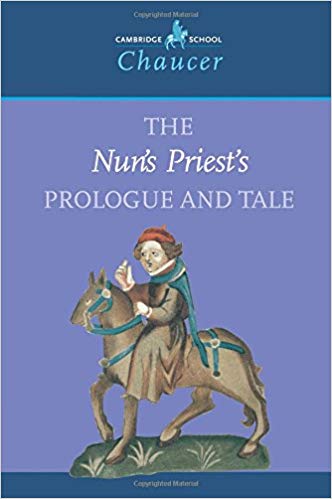
1778 New Orleans, Economy: Irish immigrant businessman Oliver Pollock created the “$” symbol. How and why is much discussed in Wikipedia. Others are also credited this innovation. It was first used on minted coins in 1797. One of our tour guides in Sevilla offered the explanation illustrated below derived from the imagery on Spanish piece of eight, also called Spanish dollars, a distant corruption of the German thaler. The Mexican peso has always used this symbol from the Spanish coin.
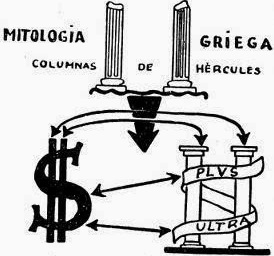
1786 Vienna, Music: Wolfgang Mozart, aged thirty, seated at the keyboard, conducted the debut of his opera ‘The Marriage of Figaro,’ derived from Pierre Beaumarchais’s novel which had been surpassed in France. The play’s denunciation of aristocratic privilege foreshadowed the French Revolution. The revolutionary leader Georges Danton later said that the play “killed off the nobility” and Napoleon Bonaparte called it “the Revolution already put into action.” Below is playbill for the opening performance.
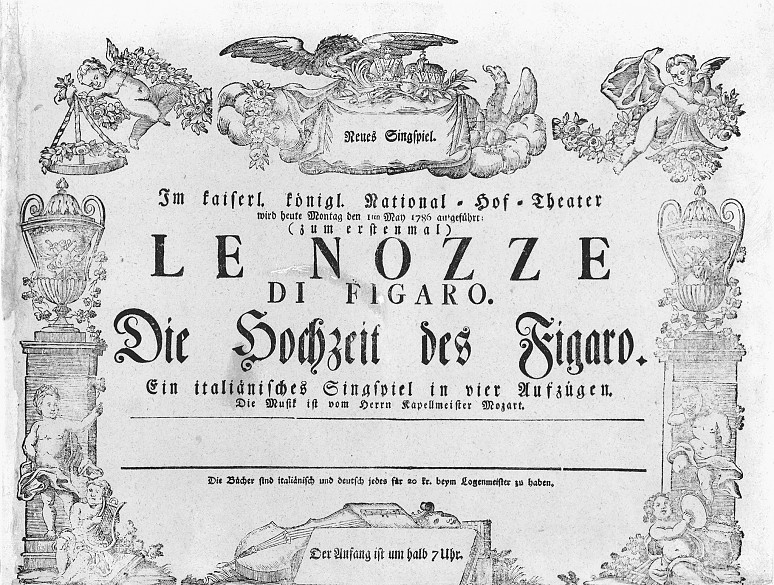
1929 Barcelona, Cinema: Luis Buñel screed his 24-minute film ‘Un Chien Andalou’ made in collaboration with Salvador Dali. Remember that eyeball? I do.
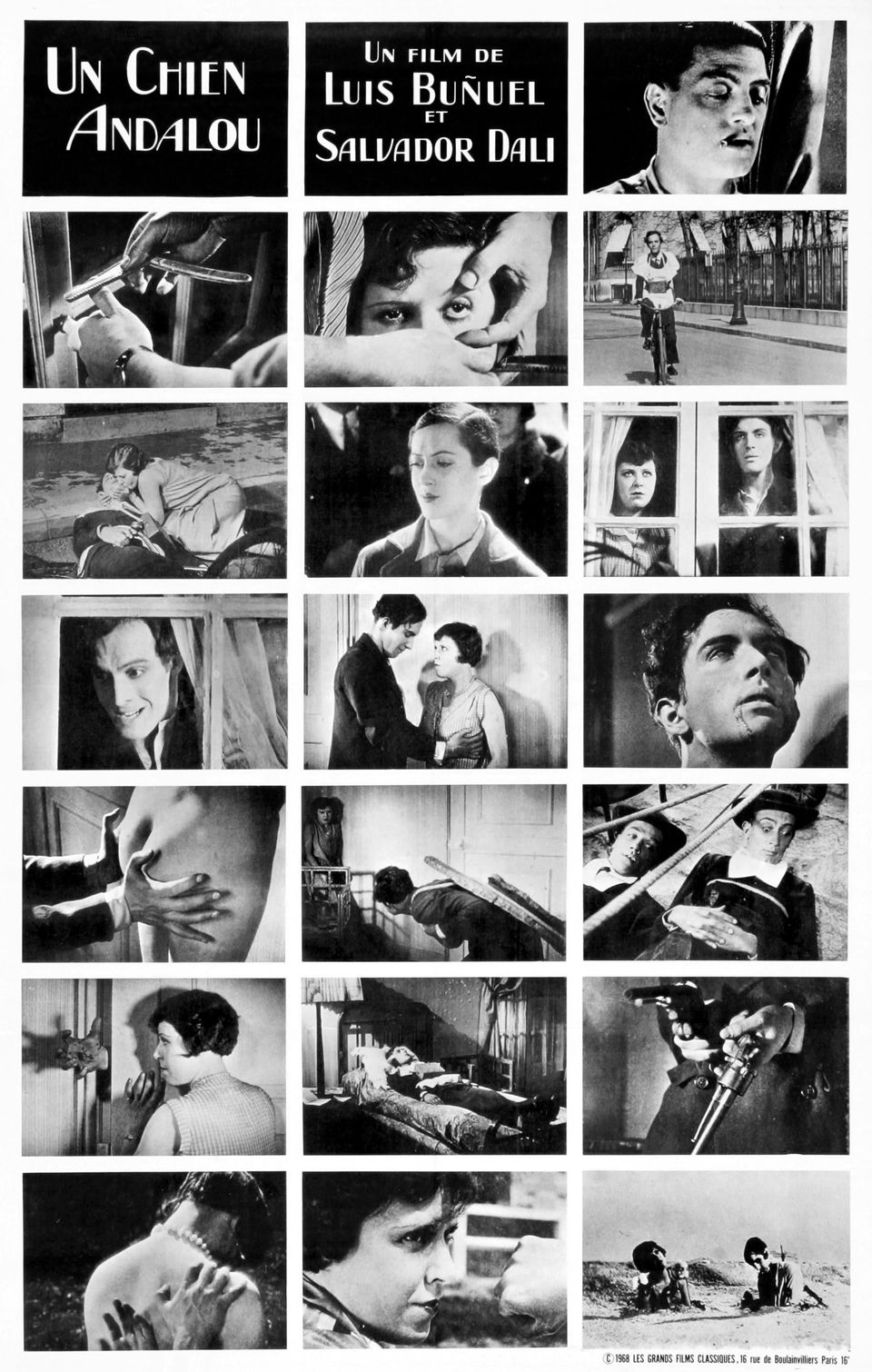
1999 Iqaluit, Canada, on Frobisher Bay, Politics: the Northwest Territory was halved, creating Nunavut, a first peoples homeland with a population of 35,000 spread over 2 million square kilometres of ice and tundra.

31 March
1770 Königsberg, Philosophy: Immanuel Kant was appointed a professor logic and metaphysics. At the time this city was the seat of Prussian monarchs, but now it is in Russia, having previously been Kaliningrad in the Soviet Union where attack submarines were stationed. There is a series of krimis that involve Herr Doktor Professor Kant, starting with Michael Gregorio, ‘The Critique of Criminal Reason’ (2006). Never been there.
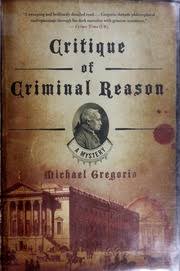
1836 London, Literature: The twenty-four year old Charles Dickens published the first instalment of the ‘Posthumous Papers of the Pickwick Club’ under the pseudonym of Boz. The illustrations by Sol Eytinge, Junior, added to the fun. We have been full of the Dickens at times.
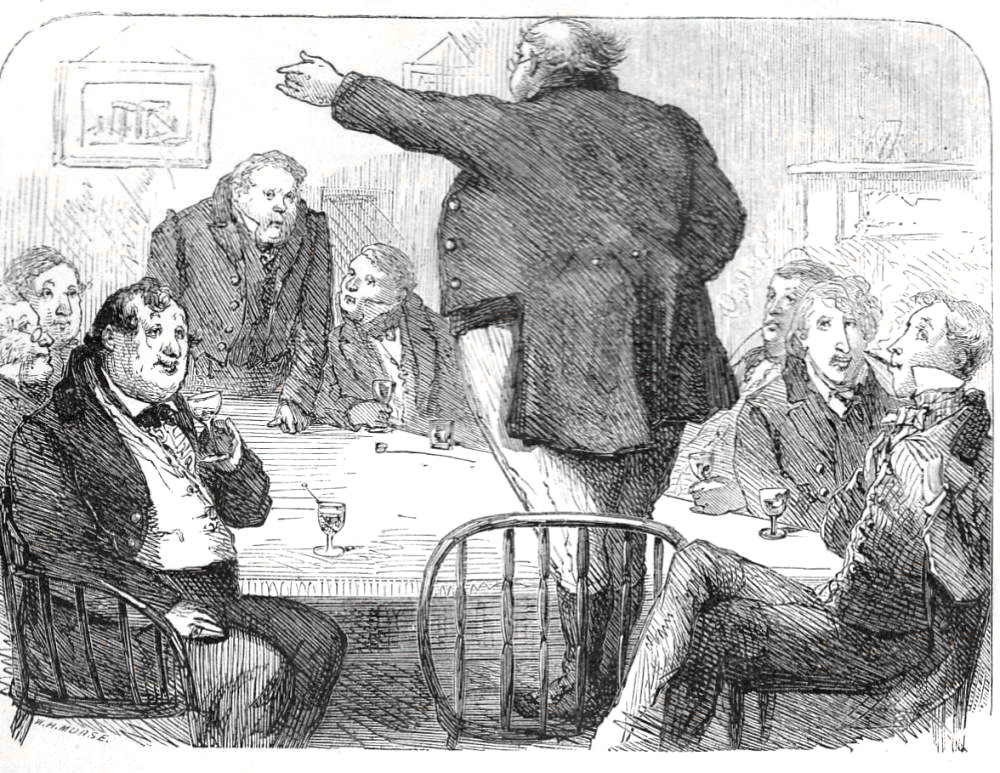
1854 Nagoya (Japan), Trade: Commodore Matthew Perry signed a treaty permitting American trade with two ports, Shimoda and Hakodate. We spent a few days in Nagoya once upon a time.
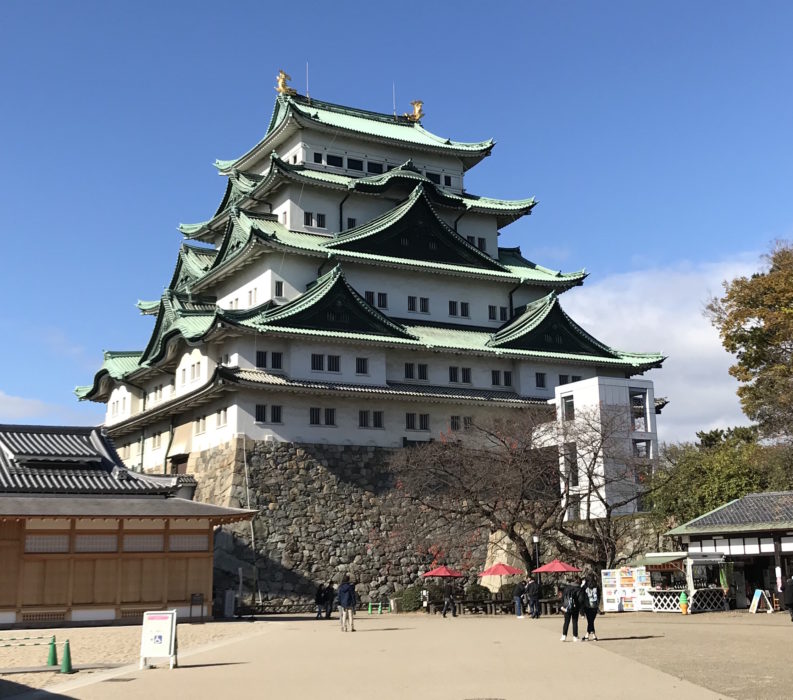
1930 The Motion Production Code was instituted to head-off government censorship, imposing strict guidelines on the treatment of sex, crime, religion and violence in film until everyone lost interest in 1968 or so. Police officers and judges were to be shown as able and competent. Criminals, including adulterers, must come to a bad end. Sex is no more than a short kiss. Corrupt fools did not become president. That is the world of fiction. The Hayes Office enforced it with certificates. No certificate, no screening.
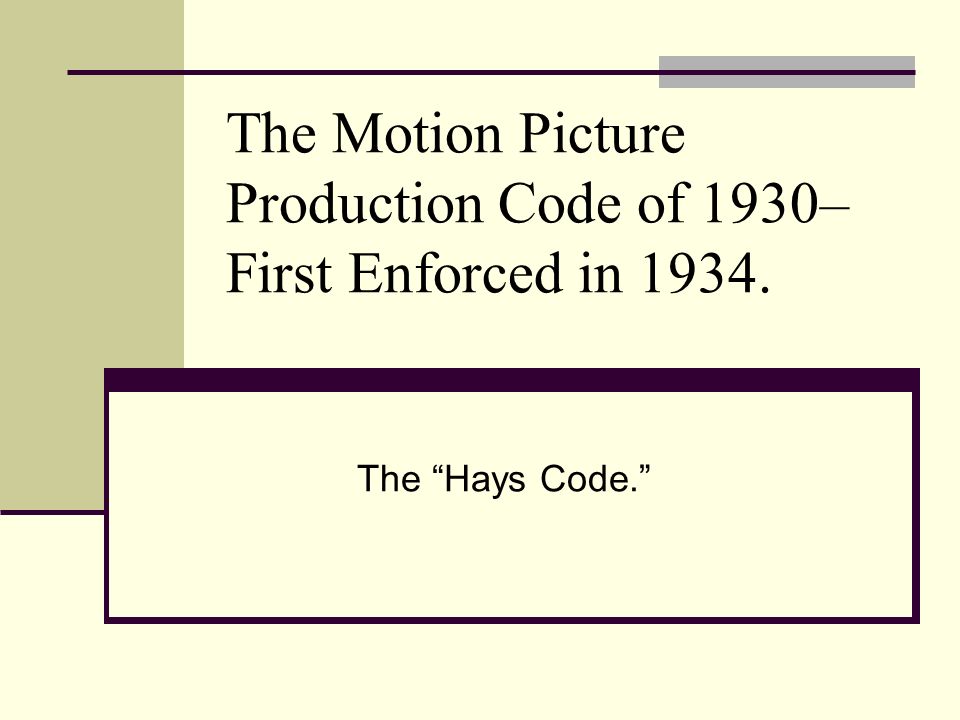
1949 St Johns, Politics: Newfoundland gave up independence, after refusing to join the Canadian federation in 1867, and joined after a referendum that barely passed, insuring that Joey Smallwood would be premier forever. He spent the rest of his long career attacking the rest of Canada, while demanding financial aid. The rest of Canada did not consent to this adhesion of the Goofie Newfies. Been there a couple of times. That was enough.
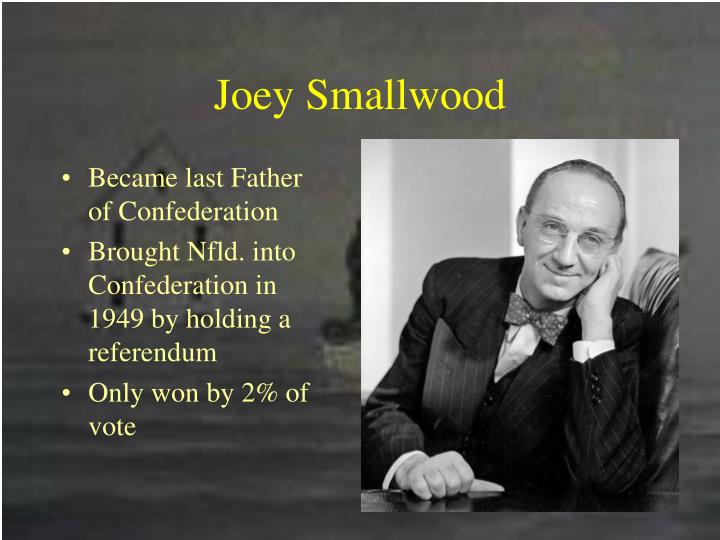
30 March
240 BC Peking, Science: The first recorded perihelion of Halley’s comet was in the Han Dynasty Chinese chronicle Shiji which described it moving east to west across the sun. The image below is the text of the record. It was identified by working backward from later sightings of Halley’s Comet.

1772 Geraldton (WA), History: Captain Louis-François-Marie Aleno de Saint-Aloüarn anchored his ship off Turtle Bay and sent a water party ashore. These matelots raised the tricolour and claimed the territory for France. They buried coins in a lead capsule which were dug up in 1998 as shown below.
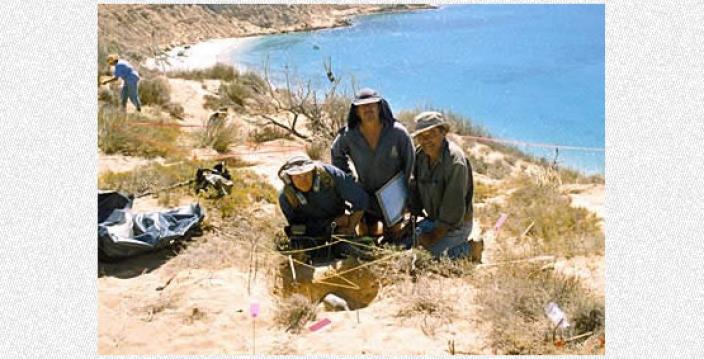
1858 Philadelphia, Technology: Hymen Lipman patented a pencil with an eraser attached. It opened the world of cross word puzzles to cruciverbalists and contributed to the study of Algebra.
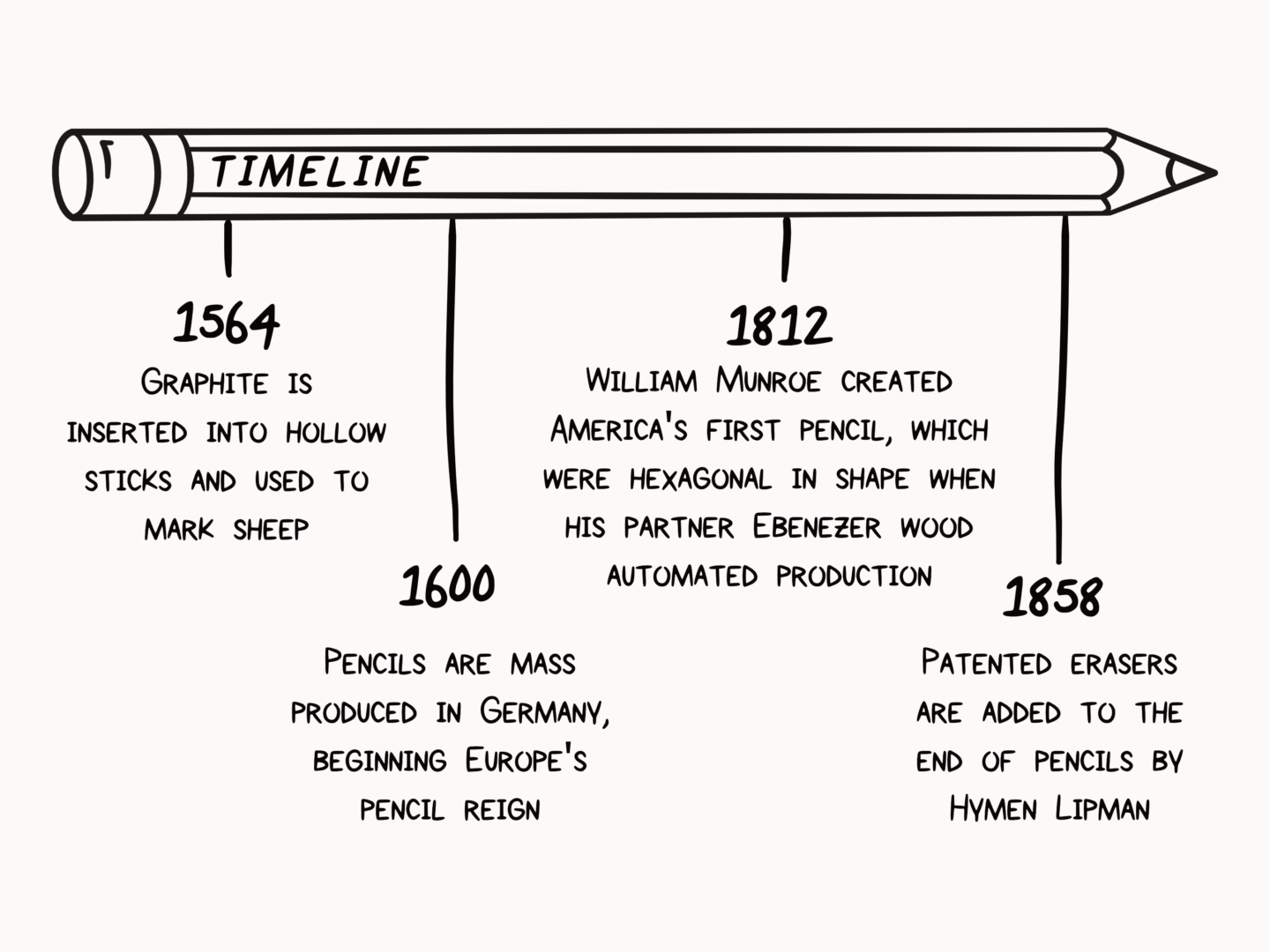
1866 Prague, Music: Bedrich Smetana’s ‘Bartered Bride’ premiered. We heard some — rather too much — of his music in Prague a few years ago.
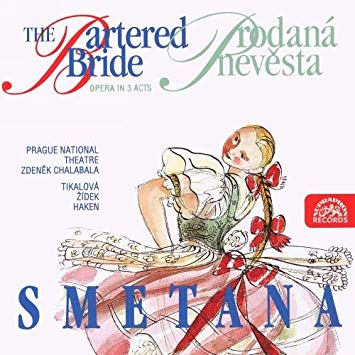
1867 Seward (AK), History: Secretary of State William Seward purchased Alaska from Russia for $7.2 million smackers or two cents an acre. (That sum today is $115 billion.) Seward wanted to get the Russians out of North America, and outflank the British in Canada. The deal was done in secret and in revenge the journalists attacked the acquisition with battalions of hyperbole. The Senate ignored the press, how rare is that, and voted 37 – 2 to consent to the treaty of purchase. The House appropriated the money in a vote of 113 – 43. The city of Seward was named for him. Ever seen a cheque for that much?

29 March
1798 Geneva, History: The Swiss republic was founded. In fact the invading French created the Helvetic Republic (1798-1803) to impose taxes on the previously autonomous cantons, while abolishing many feudal privileges. The unintended consequence was to establish French as a language in the eastern cantons.

1867 Canada, Politics: the British parliament passed the British North American Act which created the Dominion of Canada with a federal government. It was the constitution of Canada, in amended form, until 1982 when it was superseded by the Constitution Act.
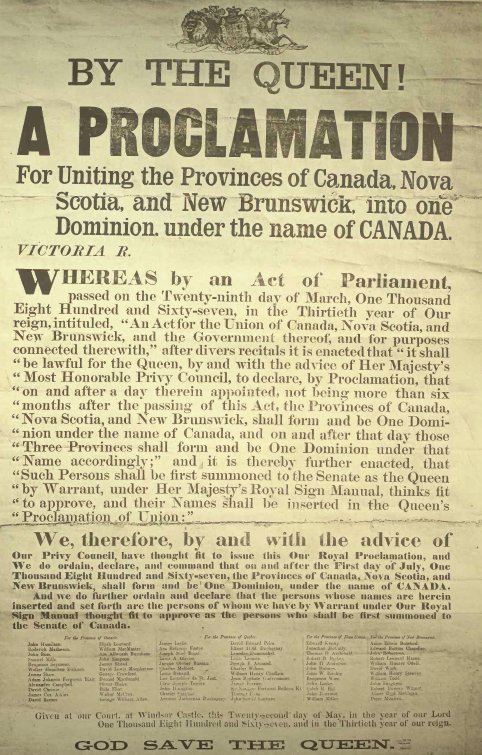
1901 Australia, Politics: The first election in the Commonwealth of Australia occurred. This was a first past the post election for the psephologists. All the complications came later to satisfy the political parties. The map below clears everything up.
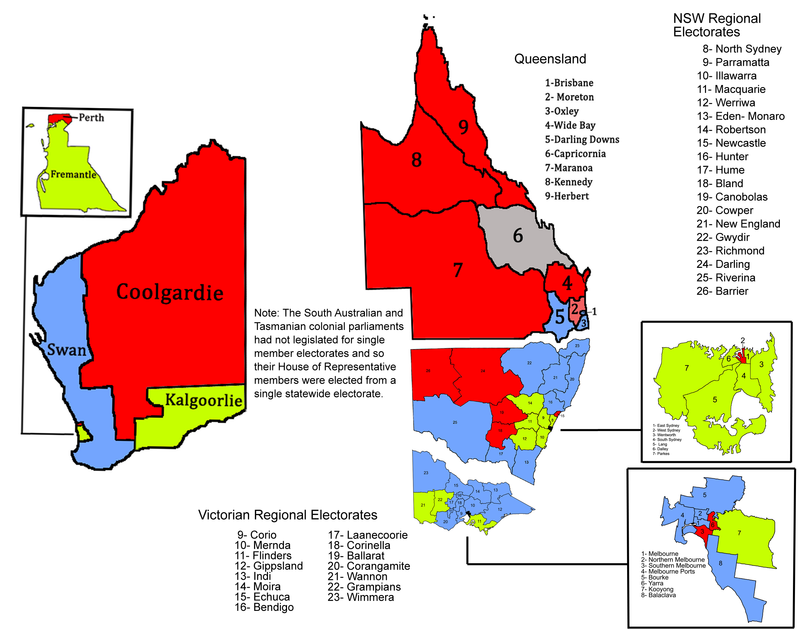
1974 X’Ian (China), History: The so-called Terracotta Army of Emperor Qin Sjo Hunag were dug up by a farmer plowing a field. There were 8,000 soldiers, 130 chariots with 520 horses, and 150 cavalry horses as well as officials, acrobats, musicians, and others with accoutrements and paraphernalia. We saw a comprehensive display in the Field Museum in Chicago a time ago. When they were made, the individuals were decorated and painted as the specimens below indicate. Now image thousands of them along with chariots, horses, weapons….
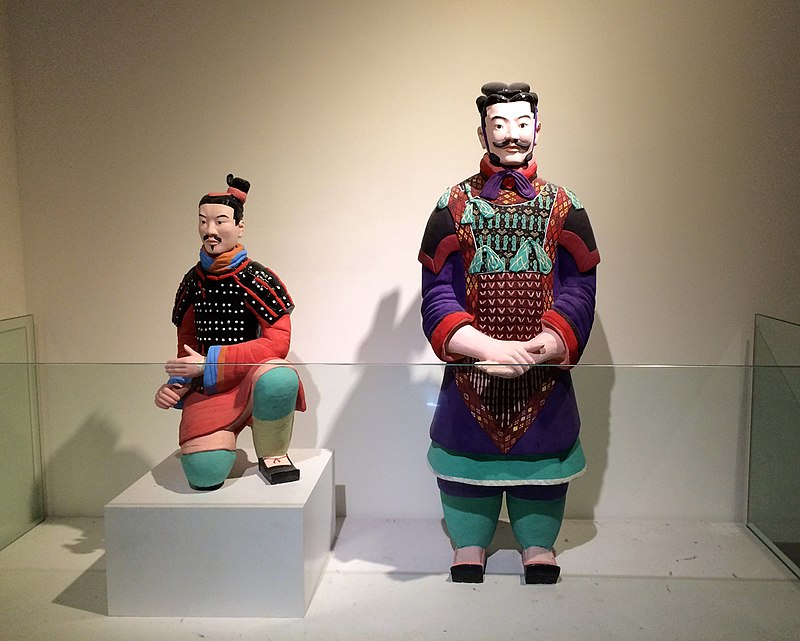
2004 Republic Ireland banned smoking in all public places. The first in Europe to do so. There was much resistance, though none by those who have to clean up behind smokers.
